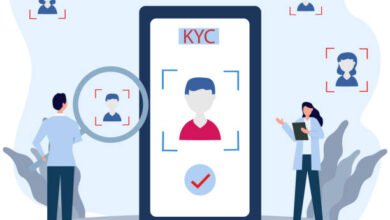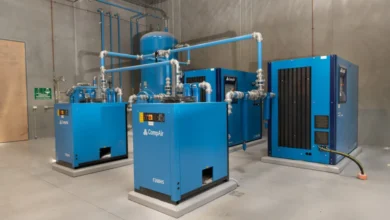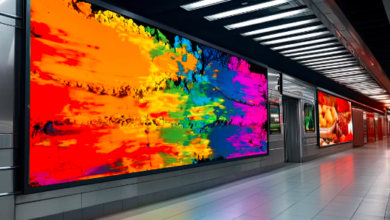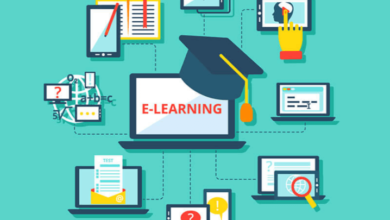How are Virtual and Augmented Reality Technologies Transforming Professional Training and Education?

Introduction
As the world moves towards more digital and technologically advanced educational tools, virtual and augmented reality have emerged as transformative elements in both classrooms and workplace training. These technologies offer dynamic new ways to engage and instruct learners by integrating the digital and physical worlds in compelling ways.
VR and AR in Education
Overview
Educational systems around the globe are incorporating VR and AR to create rich, immersive learning experiences that traditional classrooms cannot offer.
Benefits
VR and AR enable interactive learning, allowing students to visualize complex concepts and explore learning materials in a highly engaging manner. This not only improves understanding but also increases retention rates.
VR and AR in Professional Training
Overview
In professional settings, VR and AR are revolutionizing training programs by providing realistic simulations and environments where skills can be honed without real-world consequences.
Case Examples
In fields like medicine, aerospace, and manufacturing, VR and AR are used for detailed training simulations that prepare professionals for high-stakes environments without the risk.
Advantages of VR and AR
Immersive Learning
VR and AR create a learning environment that fully engages the senses, making education an immersive experience that is both effective and enjoyable.
Practical Applications
These technologies allow for the application of theoretical knowledge in virtual scenarios, enhancing the practical skills of learners.
Customization and Flexibility
VR and AR programs can be easily customized to fit different learning styles and paces, making education more adaptable to individual needs.
Challenges and Limitations
Accessibility Issues
Despite their benefits, the accessibility of VR and AR technologies can be limited by the need for advanced hardware and software.
Cost Factors
The cost of implementing VR and AR technology can be prohibitive for some educational institutions and businesses, particularly small-scale entities.
Technological Requirements
VR and AR require significant technological support, including software, hardware, and continuous updates, which can be a barrier for widespread adoption.
Future Prospects
Innovations on the Horizon
Ongoing technological advancements are expected to reduce costs and improve the accessibility of VR and AR, broadening their potential applications in education and training.
Preparing for Future Trends
Educators and trainers must stay informed about the latest developments in VR and AR to effectively integrate these technologies into their teaching and training methodologies.
FAQs
What roles do VR and AR play in education? VR and AR are increasingly used to provide students with a visual and interactive understanding of complex concepts, from historical events to scientific phenomena.
How are VR and AR changing professional training? These technologies offer realistic, risk-free environments for professional training, enhancing skill development and readiness for real-world applications.
Can VR and AR completely replace traditional learning methods? While VR and AR are powerful tools, they are best used as complements to traditional learning methods, not replacements.
What are the initial costs for institutions implementing VR and AR? Initial costs can include hardware such as VR headsets, software licenses, and content creation, which can be substantial depending on the scope of implementation.
How can smaller organizations adopt VR and AR effectively? Small organizations can start with scalable and modular VR and AR solutions, possibly sharing resources or engaging in partnerships to offset costs.






